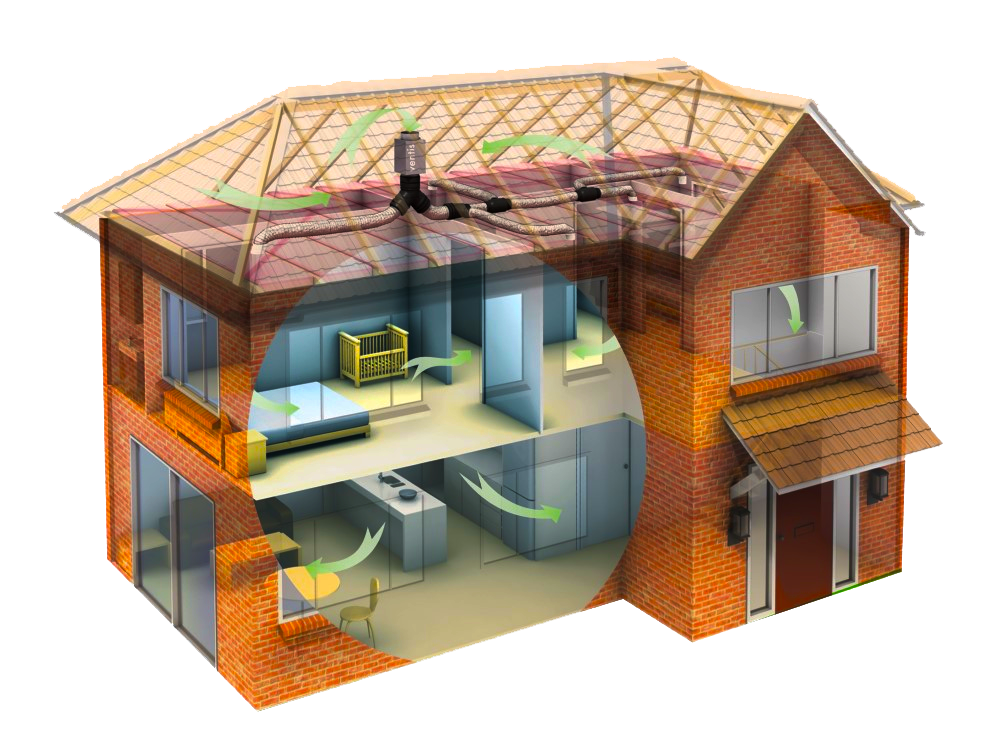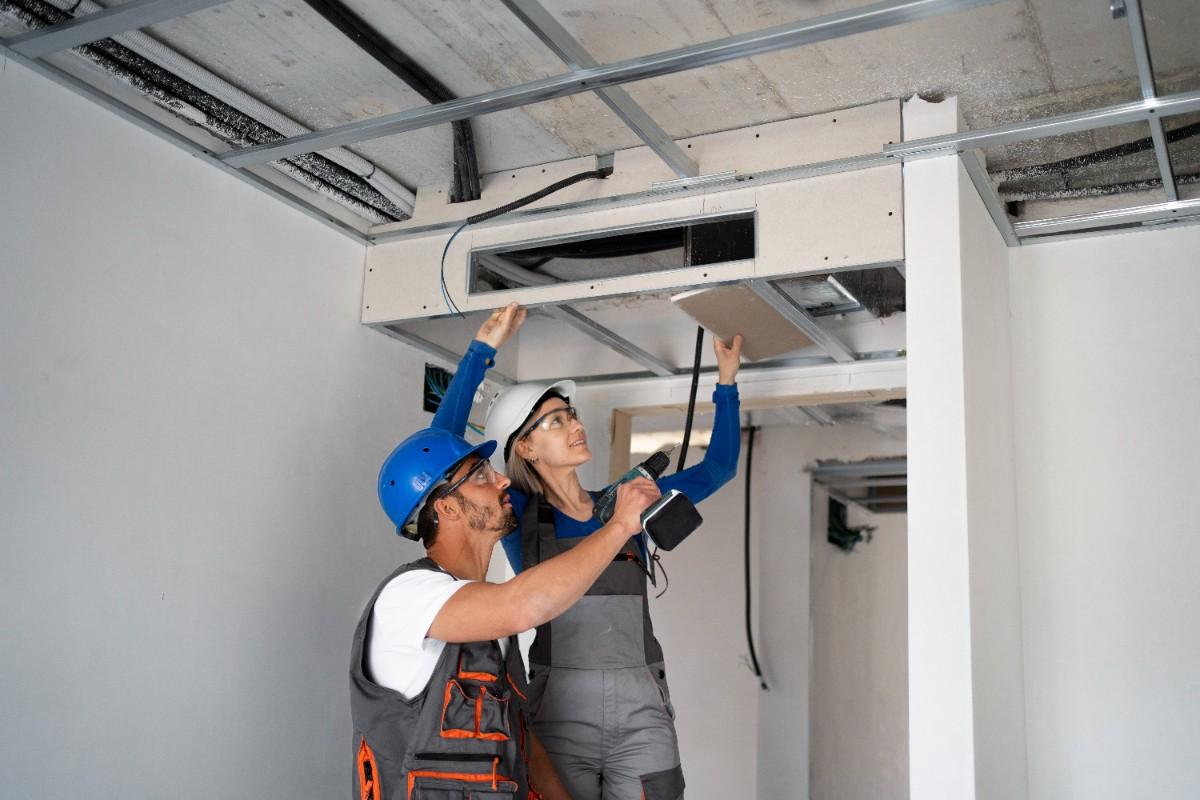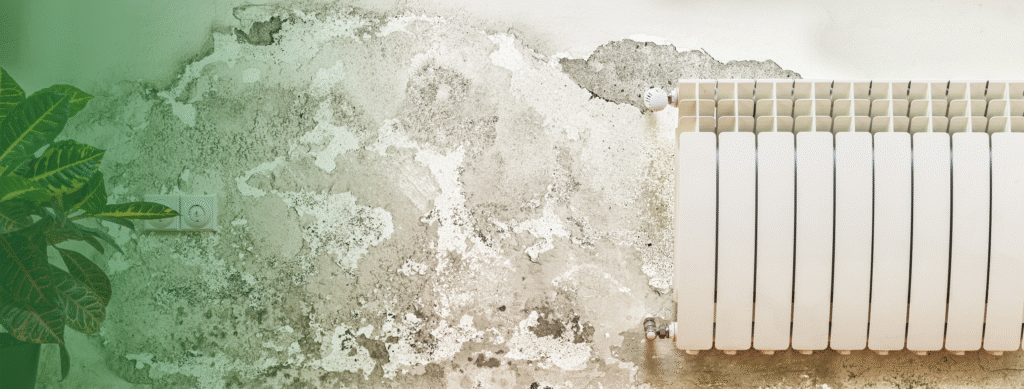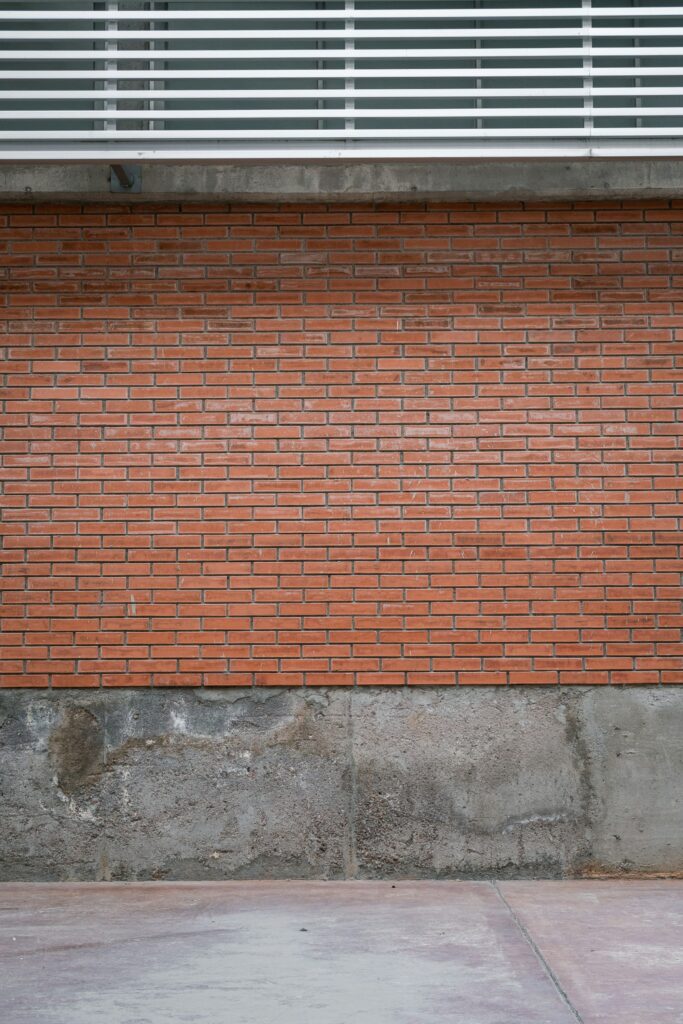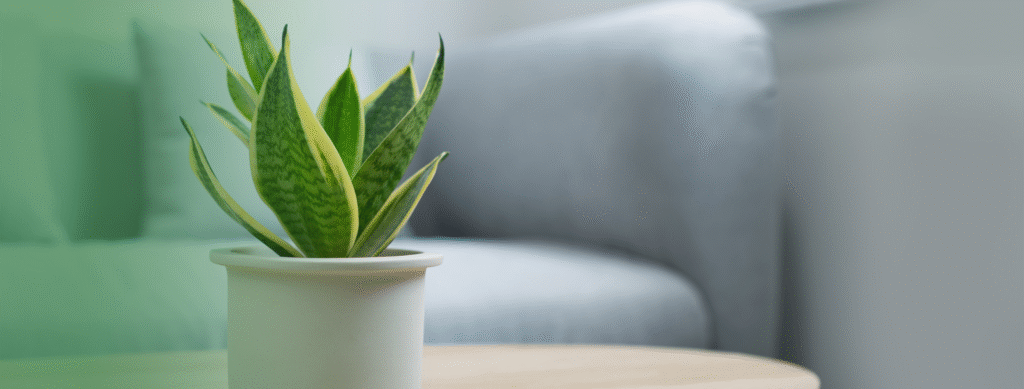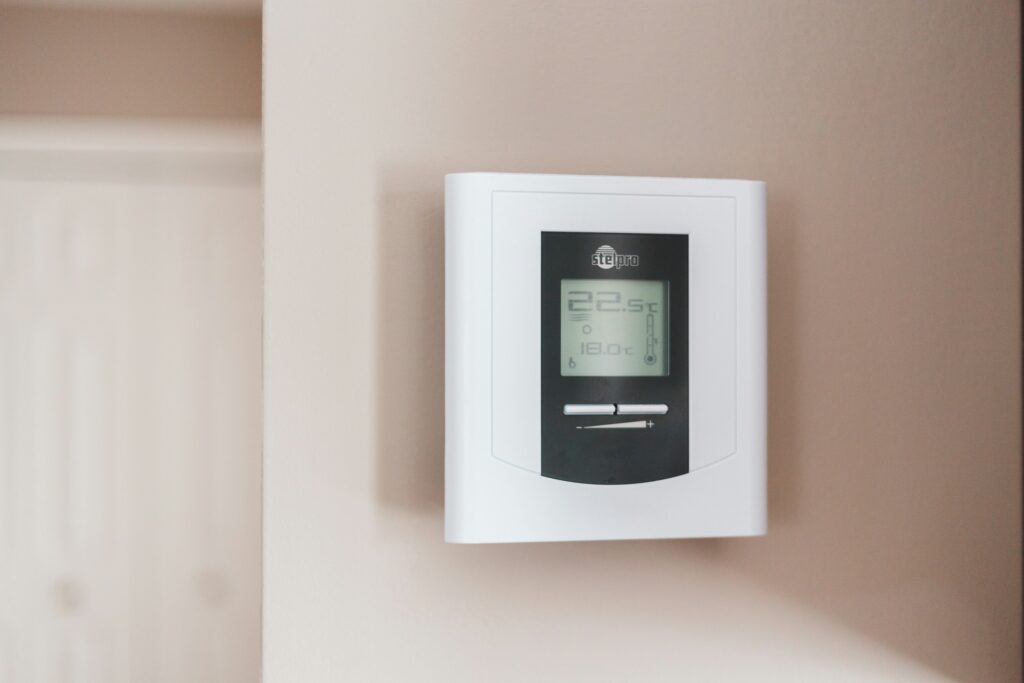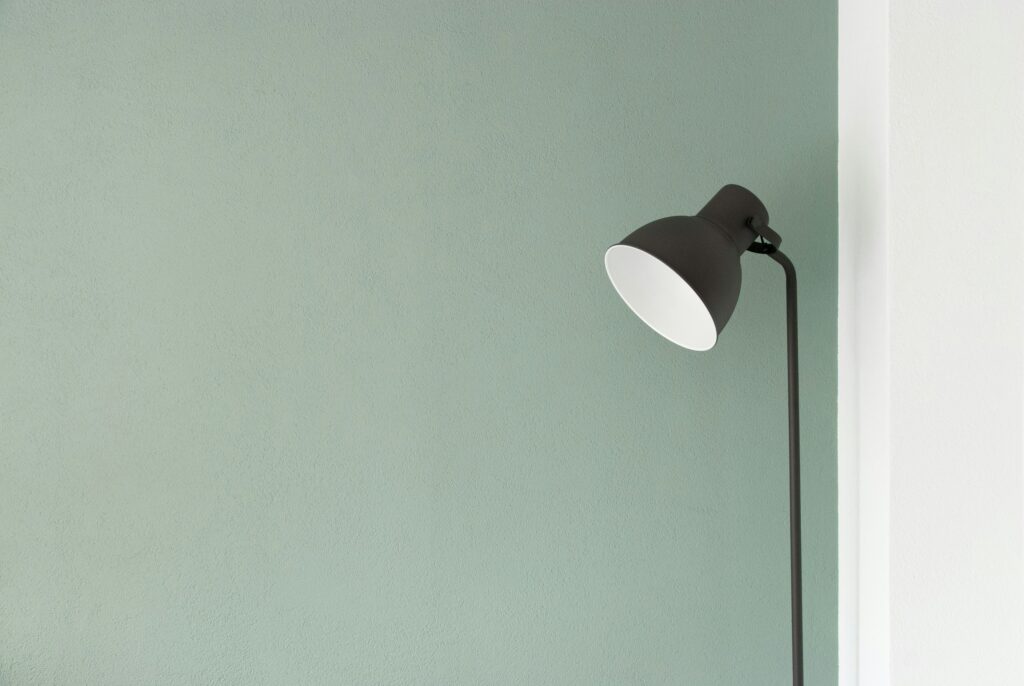Welcome to our all-in-one guide on subfloor ventilation! If you’re wondering how to ventilate subfloor areas in your home, you’re in the right place. Proper ventilation is crucial for maintaining a healthy and comfortable home environment. It helps prevent issues like mould, dampness, and bad odours, which can affect the air quality inside your house.
In this guide, we will walk you through the steps and methods for effective subfloor ventilation. Whether you have a crawl space or a basement, understanding how to ventilate subfloor areas will help you create a safer living environment. Let’s dive in and learn how to keep your home fresh and dry!
What is a Subfloor Ventilation System and How Does It Work?
Subfloor ventilation is a system that facilitates airflow under a building. It is important for homes with raised floors or crawl spaces. This system works by bringing fresh air into the space beneath the floor and pushing out stale air. Good airflow helps keep the area dry and stops moisture from building up. This is important because too much moisture can cause mould and damage to the home.
Subfloor ventilation usually uses vents and fans to move air. Vents are small openings that let air in and out. They can be placed on the walls of the crawl space or at the edges of the foundation. Fans may also be used to help move the air more quickly. When the fans turn on, they pull in fresh air from outside and push out the old, damp air. This process helps keep the area under the house dry and healthy.
Having good subfloor ventilation is very important for the health of a home. It helps prevent problems like mould, which can make people sick. It also helps protect the wooden parts of the house from rotting due to moisture. By keeping the air moving, subfloor ventilation can help maintain a comfortable and safe environment for everyone living in the home.
Do You Really Need a Subfloor Ventilation System?
Subfloor Ventilation System is an important aspect of home construction and maintenance. It helps to prevent moisture buildup, mould growth, and structural damage to your home. If you live in an area with high humidity or have noticed signs of moisture in your subfloor, you may need to consider installing a subfloor ventilation system.
One of the main reasons to ventilate your subfloor is to prevent moisture buildup. When moisture accumulates in the subfloor, it can lead to the growth of mould and mildew, which can be harmful to your health and damage your home’s structure. Subfloor ventilation helps to remove excess moisture and keep the area dry.
If you have determined that you need subfloor ventilation, there are several ways to achieve this. One option is to install vents in the foundation walls or crawl space. These vents allow air to circulate and help to remove excess moisture. Another option is to use a mechanical ventilation system, such as a fan or dehumidifier, to actively remove moisture from the subfloor area.
Signs of Damp and Moisture Problems in Your Subfloor
Damp issues in your subfloor can cause big problems for your home. One of the first signs to look for is a musty smell. If you notice a strange odour when you enter the area, it could mean that moisture is trapped below. Another sign is visible mould or mildew. Check for dark spots or fuzzy growth on the wood or walls. These are clear indicators that dampness is present.
You should also pay attention to the wood in your subfloor. If it feels soft or spongy when you walk on it, this is a sign of damage from moisture. Healthy wood should feel firm. Additionally, if you see any warping or buckling in the floorboards, it may mean that water is getting in. These changes can lead to more serious issues if not addressed quickly.
Another way to check for dampness is to look for water stains. These can appear on the walls or ceilings above the subfloor. If you see yellow or brown marks, it’s a warning sign that water is leaking somewhere. You should also check for condensation. If you find water droplets forming on surfaces, it’s a clear sign that humidity levels are too high in that area.
To prevent damp issues, it’s important to know how to ventilate subfloor spaces properly. Good airflow helps keep moisture levels low. You can do this by opening vents or installing fans to improve air circulation. Make sure to keep the area clean and dry, as dirt and debris can trap moisture. Taking these steps can help protect your home from damp problems in the future.
How to Ventilate a Subfloor in 5 Simple Steps?
Ventilating your subfloor is important for keeping your home healthy and dry. Proper ventilation helps prevent moisture buildup, which can lead to mould and wood rot. Here’s a simple guide on how to ventilate a subfloor in 5 easy steps.
Step 1: Assess Your Current Subfloor Ventilation
First, you need to check how well your subfloor is ventilated right now. Look for vents or openings that allow air to flow under your home. If you can see vents, make sure they are not blocked by dirt, leaves, or other debris. Clear away anything that might stop air from moving freely.
Next, check for any signs of moisture or mould. Look for dark spots on the wood or a musty smell. If you find these signs, it means your subfloor might not be ventilated well. Understanding the current state of your ventilation will help you know what needs to be done.
Step 2: Select the Right Ventilation Vents
Now that you know the condition of your subfloor, it’s time to choose the right vents. There are different types of vents you can use, such as foundation vents or crawl space vents. Make sure to select vents that fit your home’s needs.
When picking vents, consider their size and placement. You want to have enough vents to allow good airflow. A good rule is to have one square foot of vent for every 150 square feet of crawl space. This will help ensure that air can move in and out easily.
Step 3: Install Subfloor Vents Correctly
After choosing the right vents, it’s time to install them. Start by marking where you want to place the vents on the walls of your crawl space. Use a level to make sure they are straight.
Next, cut holes for the vents. You can use a saw or a drill to make the holes. Once the holes are ready, fit the vents into place. Make sure they are secure and will not fall out. This step is crucial for ensuring that air can flow freely under your home.
Step 4: Maintain Proper Airflow Under the Floor
Once the vents are installed, check to make sure air can flow properly. Walk around your home and feel for any drafts near the vents. If you don’t feel any air, there might be something blocking the airflow.
Look for any obstructions, like insulation or storage items, that might be in the way. Remove any items that block the vents. Ensuring proper airflow is key to knowing how to ventilate the subfloor effectively.
Step 5: Monitor Moisture and Humidity Levels
The last step is to monitor the humidity levels in your home. Use a hygrometer to measure the moisture in the air. The ideal humidity level should be between 30% and 50%. If the humidity is too high, it can cause problems like mould growth.
If you notice high humidity, consider adding a dehumidifier to help control moisture. This will help keep your subfloor dry and healthy. Regularly checking the humidity will ensure that your ventilation system is working as it should.
By following these steps, you can effectively learn how to ventilate the subfloor and keep your home safe from moisture issues.
What Are Subfloor Ventilation System Kits?

Subfloor ventilation kits are pre-packaged systems designed to improve air circulation under your home. They typically include a fan, ductwork, and vents to help remove damp air and bring in fresh air. These kits make it easier to ventilate your subfloor area and maintain a healthy home environment.
The Ventis Subfloor Ventilation System is a popular option that uses inline fans and ductwork to effectively ventilate the subfloor space. It is designed to provide even air coverage and can be customised to fit your specific needs. The system includes high-quality components like German-made centrifugal fans and Australian-made ductwork to ensure optimal performance.
When choosing a subfloor ventilation kit, it’s important to select one that is properly sized for your space. Kits are available for areas up to 200m3. Following the instructions and ensuring adequate ventilation is key to effectively ventilating your subfloor. With the right kit and proper installation, you can learn how to ventilate the subfloor and maintain a dry, mould-free environment under your home.
Subfloor Ventilation System: Should You Hire a Professional?
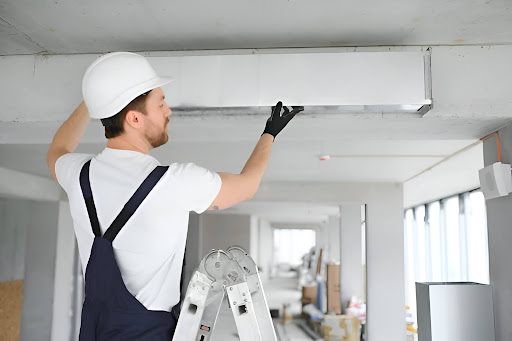
Ventilating a subfloor can be a tricky task for many homeowners. When trying to ventilate the subfloor on your own, you might face several issues. For example, you may not know where to place vents or how to ensure proper airflow. Poor subfloor ventilation can lead to moisture buildup, which can cause mould and wood rot. Additionally, if you don’t have the right tools or knowledge, you could accidentally damage your flooring or insulation. These problems can make it hard to create a healthy living environment in your home.
Hiring a professional is often a wise choice when it comes to ventilating subfloors. Professionals have the experience and expertise needed to assess your specific situation. They know how to ventilate the subfloor effectively and can identify any underlying issues that you might miss. For instance, they can spot signs of water damage or pest infestations that could worsen if not addressed. By working with a professional, you can avoid costly mistakes and ensure that your subfloor is properly ventilated to protect your home.
At Ventis, we specialise in subfloor ventilation solutions. Our team can assess your home and recommend the best approach for your needs. We understand the importance of a well-ventilated subfloor and how it contributes to the overall health of your home. Our experts will work with you to create a customised plan that addresses any issues you may have. We also offer a Subfloor System designed to provide lasting solutions, ensuring your home stays dry and free from harmful moisture.
With our Ventis Subfloor Ventilation System, you can enjoy peace of mind knowing that your home is protected. We use high-quality materials and proven techniques to improve airflow and reduce moisture levels. Our professionals will guide you through the entire process, from assessment to installation, making it easy for you to achieve a healthier living space. Trust Ventis to help you ventilate your subfloor effectively and keep your home safe.
FAQ's
What is subfloor ventilation and why is it important?
Sub floor ventilation is the process of circulating fresh air through the sub floor area to prevent moisture buildup, mould growth, and other ventilation issues. It’s important because a well-ventilated sub floor helps maintain a healthy and dry living environment in your home.
How does subfloor ventilation work?
Sub floor ventilation works by using a combination of exhaust fans, passive vents, and ducting to remove moist air from the sub floor area and allow fresh air to enter. This continuous air exchange helps prevent moisture buildup and mould growth.
What are the main components of a subfloor ventilation system?
The main components of a sub floor ventilation system include exhaust fans, passive vents, ducting, and a control system. Exhaust fans remove moist air from the sub floor, while passive vents allow fresh air to enter. Ducting connects these components, and the control system regulates the airflow.
How do I know if I need sub floor ventilation?
Signs that you may need sub floor ventilation include musty odours, visible mould growth, or excess moisture in the sub floor area. If you suspect ventilation issues, it’s best to have a professional assess your sub floor and recommend the appropriate ventilation solution.
What are the benefits of a well-designed subfloor ventilation system?
A well-designed sub floor ventilation system can help prevent moisture buildup, reduce the risk of mould growth, and improve indoor air quality. It can also help protect your home’s subfloor from damage and extend the lifespan of your flooring materials.
How do I choose the right subfloor ventilation system for my home?
When choosing a sub floor ventilation system, consider factors such as the size of your sub floor area, the climate in your region, and any existing ventilation issues. Sub floor ventilation kits and custom-designed systems are available to meet the specific needs of your home.
Can subfloor ventilation help prevent termite infestations?
Yes, sub floor ventilation can help prevent termite infestations by keeping the sub floor area dry and inhospitable to these pests. However, it’s important to address any existing termite damage and consult with a pest control professional for a comprehensive solution.
How do I maintain my subfloor ventilation system?
To maintain your sub floor ventilation system, regularly clean or replace air filters, check for any blockages in the ducting, and ensure that all components are functioning properly. It’s also a good idea to have a professional inspect and service your system periodically.
Can subfloor ventilation be combined with other home improvement projects?
Yes, sub floor ventilation can be combined with other home improvement projects, such as flooring upgrades or foundation repairs. In fact, addressing ventilation issues as part of a larger project can help ensure that your home remains healthy and comfortable for years to come.
Can a subfloor fan fix my mould issues?
A subfloor fan, also known as an inline fan, can help reduce mould issues in your home. When installed with ducting and air vents, the fan pulls air from the sub-floor space, improving ventilation and reducing moisture buildup. However, a fan alone may not completely fix mould problems, and it’s important to address the root causes, such as water leaks or poor drainage.
How can I find the source of the moisture in my subfloor?
To find the source of moisture in your subfloor, start by checking for leaks in pipes or walls that could be causing water to enter the underfloor space. You can also look for ventilation problems, like blocked ducts or issues with your ducted ventilation fans, which might prevent dry air from circulating. If you need help, consider consulting ventilation experts who can assess your floor space and ensure that your subfloor ventilation, including subfloor ventilation fans and a balanced pressure system, is working properly to keep air flowing within your subfloor.
